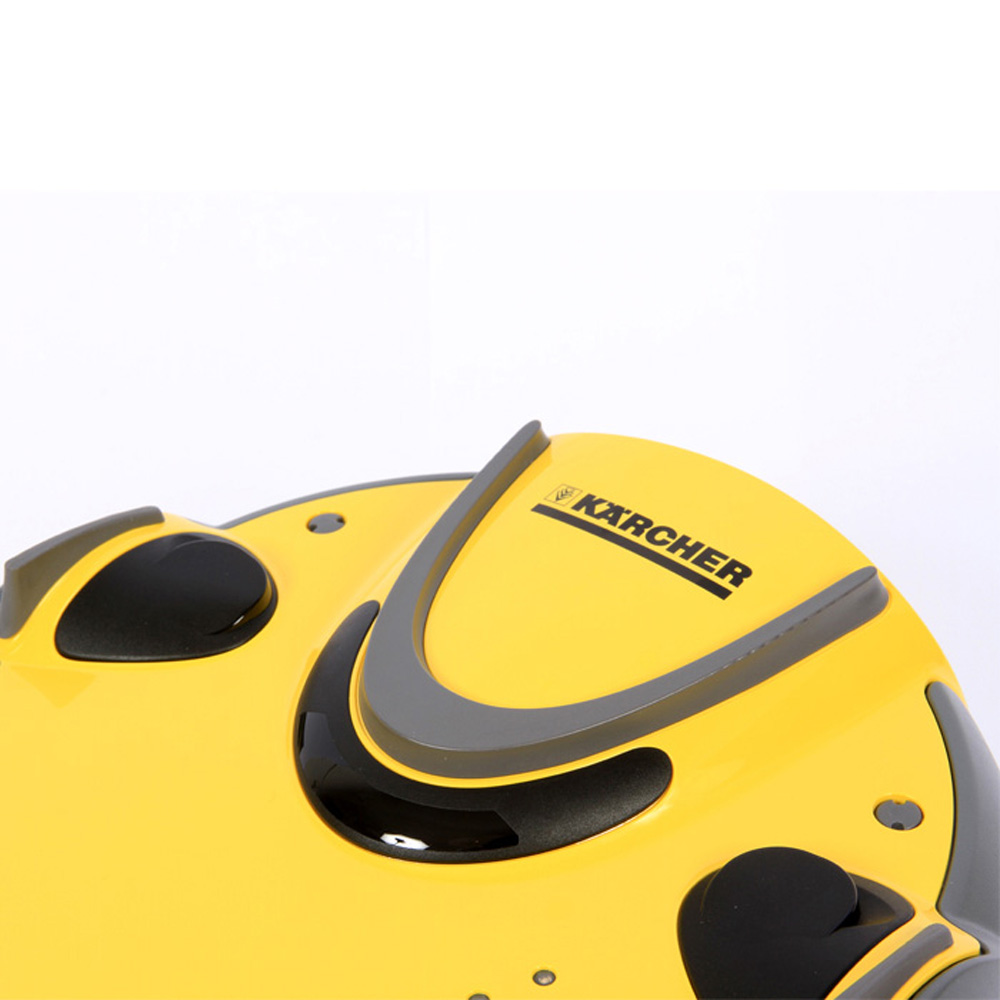

Beamforming is a type of radio frequency (RF) management technique that focuses the noise signal towards the microphone in combination with AI for tweaking. The IMU is essential to making robot vacuums efficient.įor robot vacuums that do not use VSLAM or LiDAR mapping technology, their position and navigation can be determined using dead reckoning by combining measurements from the wheel’s rotations with the inertial measurements from the IMU and object detection from the ToF sensors.Īs developers of robot vacuums continue to implement artificial intelligence (AI) with the ability to use voice assistants, microphones become an essential sensor technology. And, if someone picks up the robot vacuum and places it somewhere else or turns it around, it can detect what is happening and know where it is in real space.
Automatic vacuum cleaner plus#
There may be a slight error between where it should be and where it is, and the IMU can hold that position in a very accurate way.īased on rotational and linear movement, plus the mapping of the room, the robot vacuum can determine that it is not going over the same areas twice and can pick up where it left off if the battery dies. When the robot vacuum is doing circles or moving in a straight line, it knows where it is supposed to go and how it is moving. IMUs take the roll, pitch, and yaw of movements of the robot vacuum in the real world both from a linear and rotational perspective. VSLAM or LiDAR technologies may not be applicable for low-light areas, for example, if the robot vacuum goes under a table or couch, where it is unable to read the map.Īn example of the mapping capabilities of iRobot’s j7 robot vacuum. To find out where it is, the robot must go off in a random direction and, once it detects an object and starts tracing the walls, it can find out where it is relevant to the map. However, if you lift the robot and put it down, it will not know its new location. These technologies enable the robot vacuum to move around more efficiently, covering an entire level of a home with multiple rooms. Most companies developing high-end robot vacuums use visual simultaneous localization and mapping (VSLAM) or LiDAR technology to build a virtual map of the room. The cliff detection feature can enable the robot vacuum to determine when it’s at the top of a set of stairs to prevent a fall.

If the robot vacuum detects that it has moved from a carpet onto a hardwood floor, it can slow the motors down because they do not need to work as hard compared to carpet use.

The application uses the average amplitude of a reflected ultrasonic signal to determine if the target surface is hard or soft. Short-range ultrasonic ToF sensors can be used to determine different floor types. In a robot vacuum, they are used to detect if an object, such as a dog or children’s toy, is in its way and whether it needs to deviate its route to avoid a collision. The sensor’s wide field-of-view (FoV) enables simultaneous range measurements of multiple objects. Ultrasonic time-of-flight (ToF) sensors work in any lighting conditions and can provide millimeter-accurate range measurements independent of the target’s color and optical transparency. Here is a look at some of the different sensors used in today’s robot vacuums for improved navigation and cleaning.
Automatic vacuum cleaner software#
Since those early days, these cons have turned into pros with the innovative use of sensors and motor controllers in combination with dedicated open-source software and drivers. Their runtime was also relatively short, and you’d often come home hoping for a nice and clean room only to discover that it had run out of juice halfway through. They also became trapped on thick rugs, and if vacuuming upstairs, came tumbling down with a heavy thud. Initial models tended to randomly bump their way around the room, often missing key areas on the floor during their runtime. Over the past few years, robot vacuums have advanced immensely. An example diagram block for a robot vacuum.


 0 kommentar(er)
0 kommentar(er)
